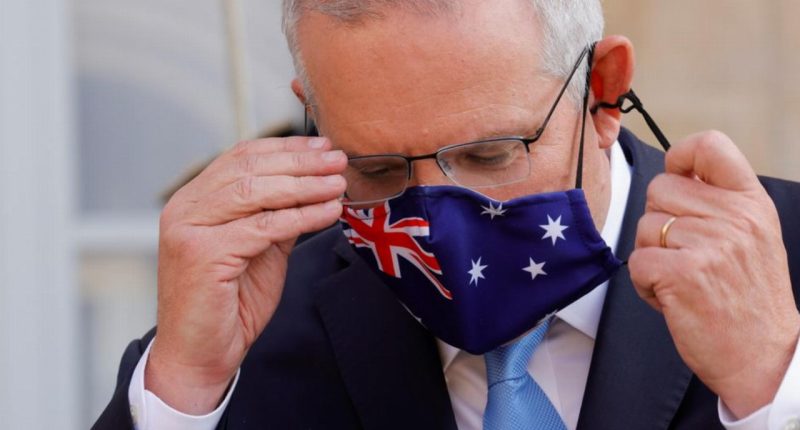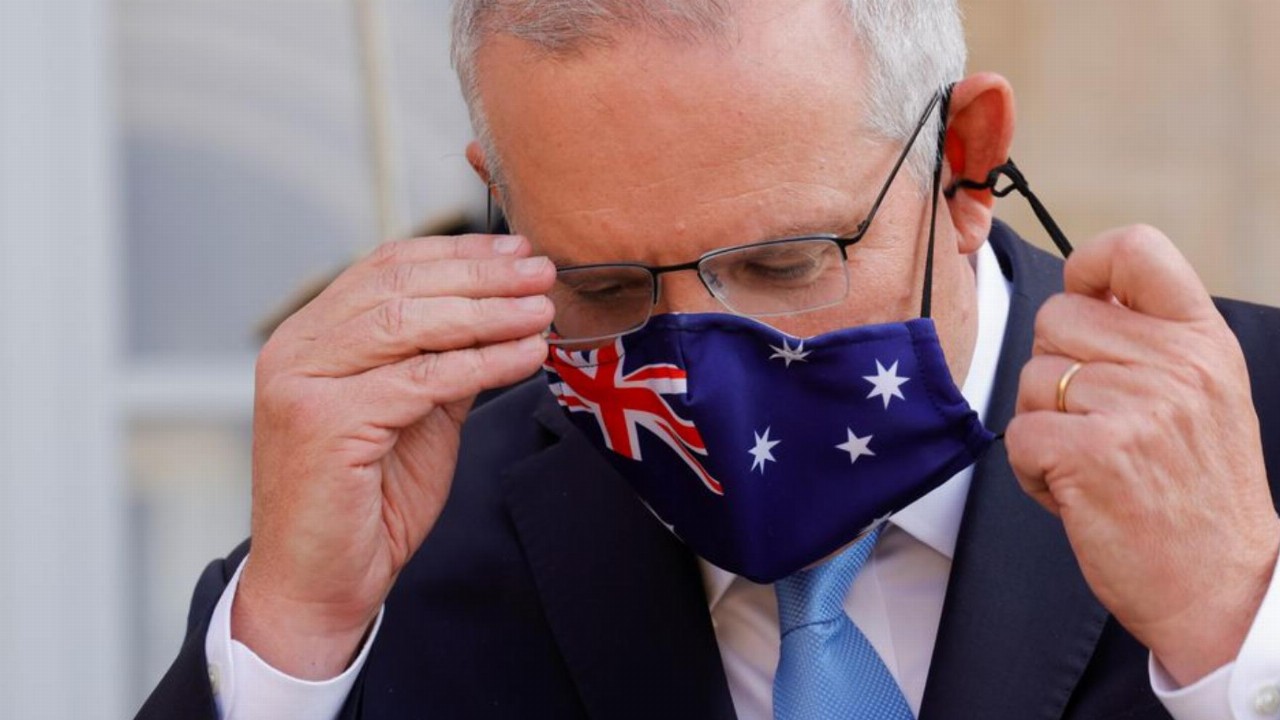- NSW and Victoria both recorded high numbers of new daily cases of COVID-19, as the Prime Minister shifts blame for the slow vaccine rollout
- Sydney notched up 110 new cases of the virus on Wednesday, which the Premier says reflects high-testing rates throughout the state
- Melbourne recorded 22 new cases of COVID-19, as residents across the state enter day one of the extended seven-day lockdown
- The jump in daily cases comes as Scott Morrison denies the Government is to blame for the outbreaks and vaccinations rates across Australia remain low
- South Australia, which entered a seven-day lockdown yesterday, recorded one new case of COVID-19 in the community on Wednesday
NSW and Victoria both recorded high numbers of new daily cases of COVID-19, as the Prime Minister shifts blame for the slow vaccine rollout.
Sydney notched up 110 new cases of the virus on Wednesday, while 22 new cases were recorded in Melbourne.
NSW Premier Gladys Berejiklian said the triple-digit increase in cases in Sydney reflected high testing rates throughout the state.
Nearly 84,000 tests were carried out in NSW over the past 24 hours, a new testing record for the state, while 43 of the 110 new cases were infectious in the community.
Premier Berejiklian said the state had already been incredibly successful in quashing the virus to date, but more work was needed.
“Had we not gone into the lockdown a few weeks ago, the 110 number today would undoubtedly have been thousands and thousands,” Ms Berejiklian said.
“There is no doubt about that. So we’ve been extremely successful in limiting the spread to what we have today.”
Victoria also broke testing records on Wednesday, with more than 59,000 COVID-19 tests carried out over the past 24 hours.
Authorities in the state confirmed all 22 of today’s new cases were linked to existing outbreaks, while 14 of the cases were in isolation.
Meanwhile, the NSW Premier wouldn’t say when the five-week lockdown in Sydney would lift.
Ms Berejiklian said the virus would always remain a threat while vaccination levels remained low.
“We will be easing restrictions as we can, as soon as those infection rates come down,” Ms Berejiklian said.
“But in truth, we won’t live as freely as we need to or we would like until vaccination rates increase.
“That is one thing the New South Wales Government can’t control. We can’t control the doses we get.”
Her comments came as Prime Minister Scott Morrison denied his Government was to blame for the lockdowns as most of Australia’s population remained unvaccinated against COVID-19.
“No, I don’t accept that,” Mr Morrison said in an interview with Nine Radio on Wednesday when asked whether he was responsible for the lagging vaccine rollout.
“Right now, under no plan, was there any plan that said we’d be at 65-70 per cent vaccination in this country. Under no plan.
“Australia was always going to be in the suppression phase this year.”
Along with the lockdown across Sydney, residents in Victoria were today entering day one of the extended seven-day lockdown, after their initial five-day lockdown was officially prolonged on Tuesday.
South Australian residents will also remain in lockdown for a further six days, with one new COVID-19 case announced on Wednesday.
The new case was linked to the existing outbreak, with six people in total now contracting the Delta strain of the virus from an elderly man who returned to Adelaide from Argentina six weeks ago.







